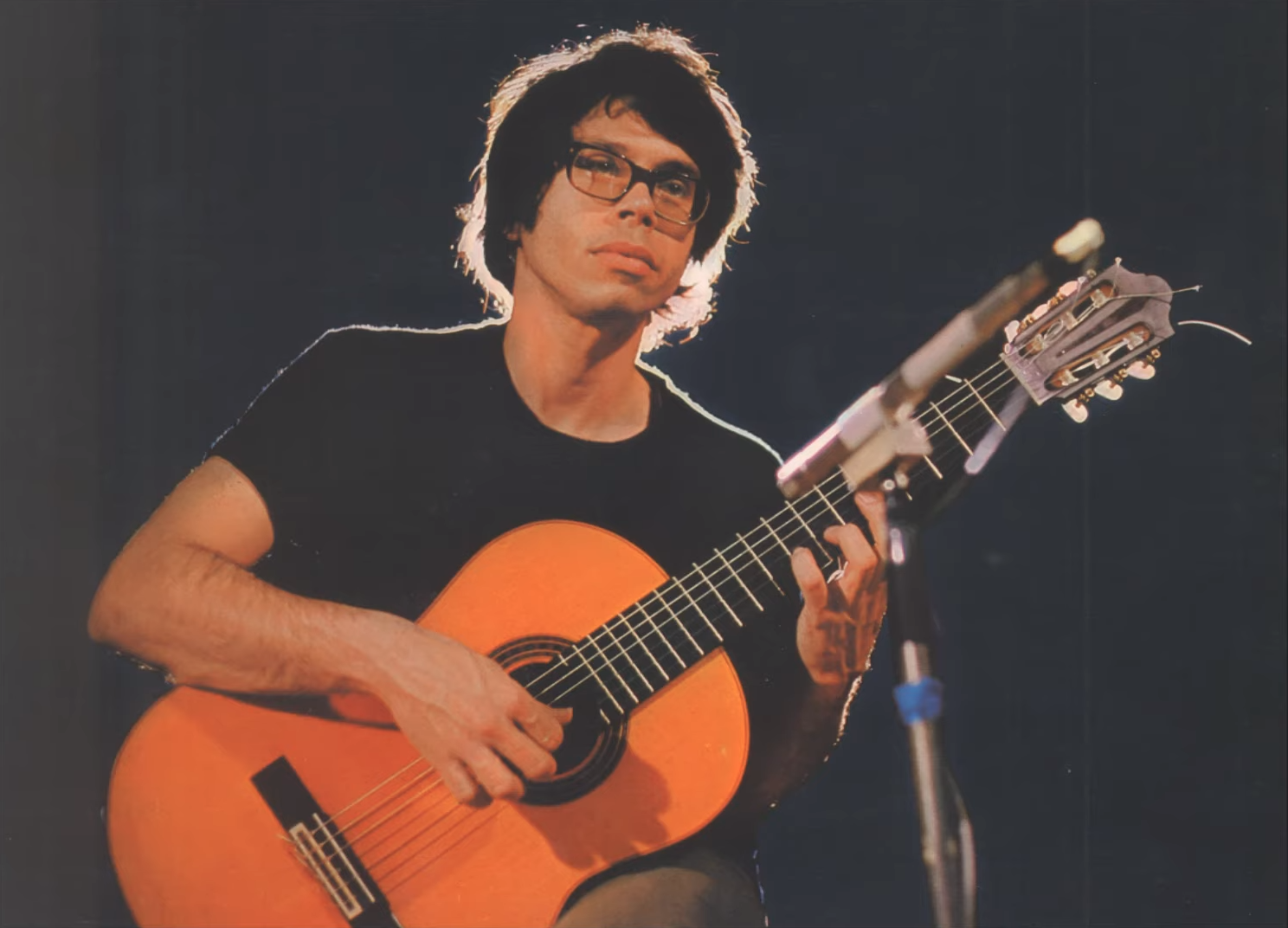Beyond the Scenes: "Dance of the High Plains" - Part 1 (Leo Brouwer and Clint Eastwood)
A young Leo Brouwer sometime in the 1960s
Leo Brouwer was born in Havana, Cuba, in 1939, to a highly musical family—his grandfather and grand-uncle were famous composers of the popular music of their time. As a child, Leo grew up surrounded by the hottest pop and folk music, and his home was a revolving door of Cuba’s greatest musicians. However, despite all the excitement of sons, rhumbas, cha cha chas and mambos, Brouwer, perhaps in a rebellious spirit, was instead drawn to “classical” music. By the time he was 12, he as already analyzing—and critiquing—the great symphonies of the European masters. His efforts eventually earned him a cultural exchange double-scholarship to study at the American schools of his choice. He chose to study composition at The Julliard School in New York and guitar at the University of Hartford in Connecticut. We can only imagine what it would have been like for a 20-year-old kid from Havana to experience New York for the first time in 1959. Nevertheless, his experience abroad, education and—of course—talent, earned him a position as director of the Cuban Institute of Art and Cinematography where he would go on to compose countless pieces for film (among countless other accomplishments all over the world).
It should come as no surprise that, shortly thereafter in 1962, he composed a highly cinematic piece for solo guitar entitled Danza del altiplano (“Dance of the High Plains”). Despite his highly disciplined classical training and the avante garde Modernist style permeating the world of the classical music elite (which he would also embrace whole-heartedly), he could not resist incorporating in his music the beautifully melodic and excitingly rhythmic elements of Latin American song and dance which is so sweetly suited to the six strings of the guitar.
The altiplano region of Bolivia
Whenever I learn a new piece of music and in addition to more formal research, I try to connect the piece to as many of my own personal experiences as possible and take these connections as far I can take them. Sometimes, as in the case of my video for The Golden Vessel, not only do images come to mind, but poetry as well. Other times, I’m limited by my surface-level understanding of a piece and resign myself to an interpretation informed only by the black markings of the composer in the published sheet music. With “Dance of the High Plains,” I couldn’t help connecting it to the 1973 Clint Eastwood classic, High Plains Drifter, which I had seen many years before as a kid. This random and accidental brain synapse connection quickly sparked a concept for a cinematic music video at a level I’ve never attempted.
Clint Eastwood sometime in the 1970s
Me, Death Valley, 2019
This project is pushing my abilities as a cinematographer, recording producer and engineer, interpreter of classical music, and performer of the amplified steel-string guitar. My recording of Danza del altiplano also best exemplifies this style of performance that I call “vintage classical.”
If you would like to hear this exclusive preview recording, which is still in the demo stages and therefore not yet publicly released, sign up for my mailing list to receive a password to the members-only page on this website. I’ll also notify you when I publish the next blog in this series which will go into greater detail about the sound choices and stylistic influences of the recording and performance as well as diving deeper into this innovative new style of vintage classical that I’m pioneering.
Some stills from Day 1 of filming at Death Valley National Park for my upcoming video, “Dance of the High Plains”




